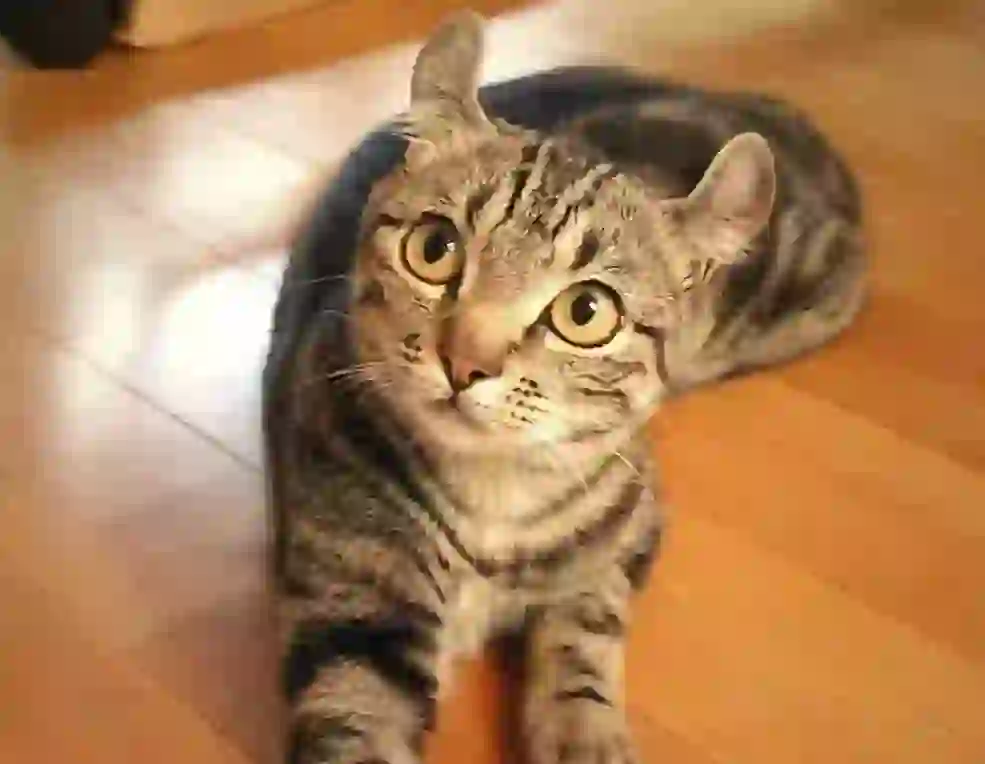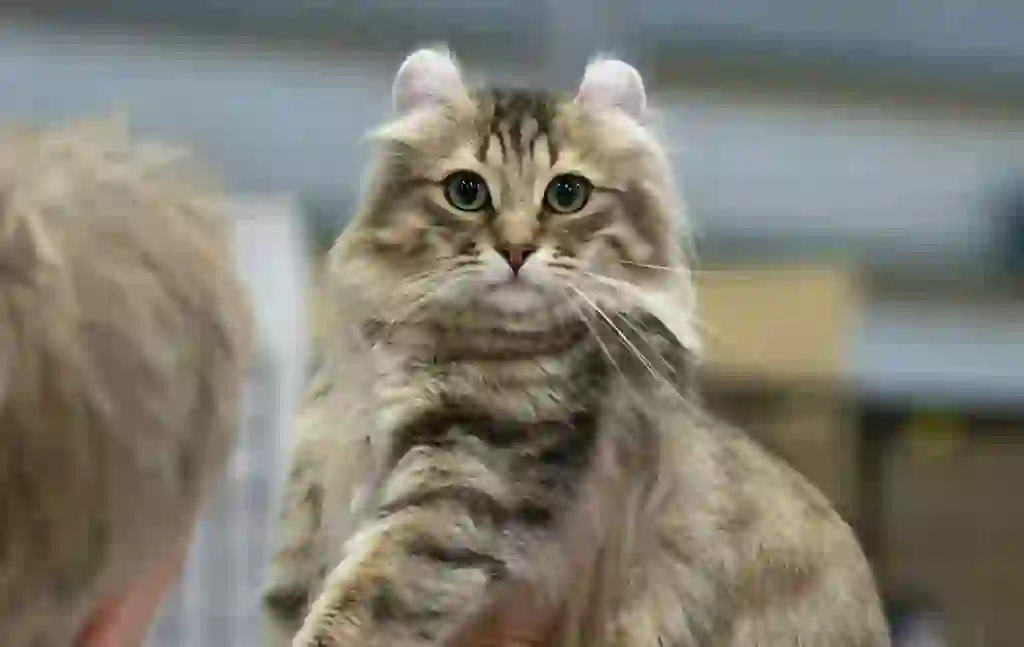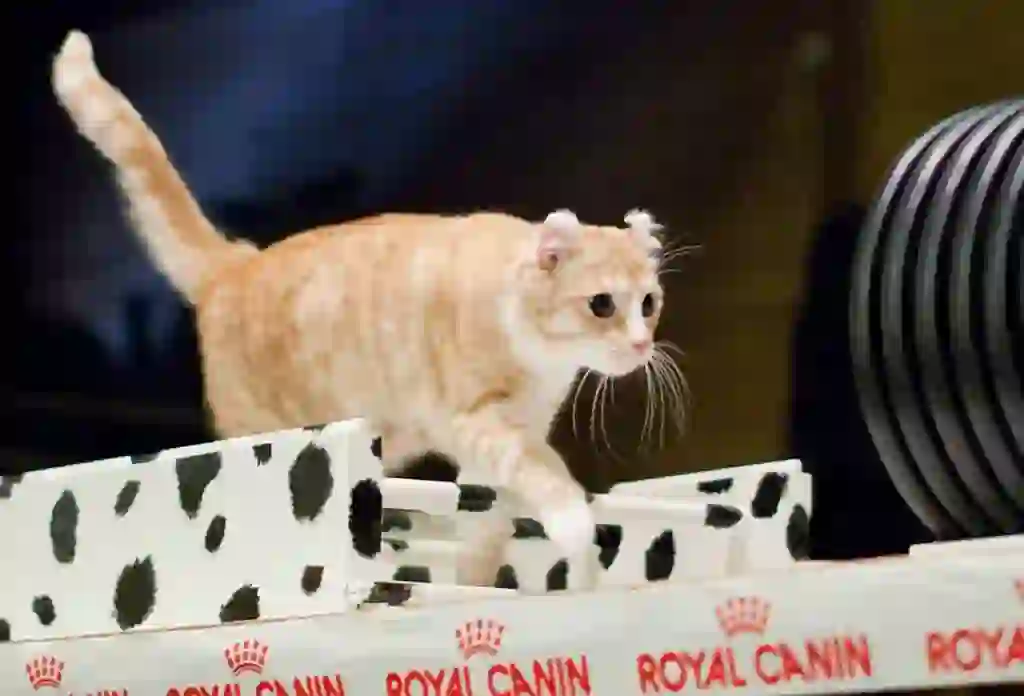
American Curl
American Curl
American Curl
This article introduces the American Curl, a cat breed with charming curled ears! It is also called “the Peter Pan of cats”. It is a rare breed that is not often seen in pet shops, so only a few people know about it. But we hope that this page will spark your interest in the American Curl!
American Curl Basic Infomation

Country of origin America.
Length 60cm.
Weight male : 2.5-4.5kg female : 2.5-3.5kg.
The American Curl is said to have originated from a stray cat that was discovered by chance. In 1981, the Ruga couple, who lived in America, found a black female cat at their front door.
She seemed to have nowhere else to go, so the stray cat was taken in by the Ruga couple.
The cat, named Shulamith, was very loved, but one day she gave birth to four kittens.
And to their surprise, the couple noticed that two of the four kittens had ears that curled outward. That’s right, because Shulamith, the mother cat, had the same curled ears, her kittens inherited that gene by chance.
In fact, before the kittens were born, Shulamith’s curled ears, which were caused by a mutation, had been a topic of discussion among researchers. But this birth proved that the curled ears were hereditary.
And in 1983, breeding of curled-eared cats began in earnest. Another cat breed with distinctive ears is the Scottish Fold, which is known for being not very healthy.
So people were worried that the American Curl might have similar problems, but a study led by a British scholar showed that the curled ears were not deformities and that there were many relatively healthy individuals.
It is probably because the cat that triggered the birth of the American Curl was a stray cat. She had a variety of genes, which made her stronger than other purebred cats.
Later, the American Curl was officially registered as a breed by TICA in 1985 and CFA in 1993.
Since it is still a young breed, crossbreeding with mixed breeds is allowed to preserve the American Curl breed, which is rare for purebred cats.
It will be interesting to see how the American Curl will grow in the future.
American Curl Q&A

What is the origin of the name American Curl?
The name ‘American Curl’ comes from combining the word ‘curl’, which means the ears are curved backwards, and the country of origin, America.

What are the color variations of American Curl?
There are colors such as blue, black, cream, white, chocolate, red, cinnamon, lilac, and fawn.
・Solid color. The face, body, legs, and tail are all one color.
・Tabby. There are stripes or spots all over the body.
・Silver & golden. Only the tips of the hair have color, and the base is white or light-colored.
・Smoke & shaded. The top half of the overcoat has color, and the bottom half is white.
・Parti-color. There are two colors of hair randomly mixed.
・Calico & bi-color. Half or a third of the body is white, and the rest has two or more colors of hair.
・Tabby & white. Half or a third of the body is white, and the rest has stripes or spots.
・Pointed. Only some parts of the body, such as the head, ears, legs, and tail, have color.
・Pointed & white. Some parts of the body have color, and there is also white mixed in.
There are colors such as blue, sapphire blue, yellow, aqua, orange, gold, green, copper, hazel, and odd-eyed.
American Curls have both short-haired and long-haired varieties.

What does an American curl look like?
The shape of the head is a rounded wedge, and the body type is called semi-foreign. The eyes are large and slightly slanted, also called walnut-shaped, and the most distinctive feature is the curled ears that bend backwards at an angle of 90 to 180 degrees.
The legs are medium-length and the body is medium-sized and muscular, but moderately slender. The coat is fine and smooth to the touch.

Why are American curls' ears curled?
The American Curl’s ears are the result of a spontaneous mutation that occurred naturally, and the exact reason is not known. And surprisingly, not all American Curls have curled ears.
The probability is that one out of two cats, or “50% chance”, will be born with curled ears.
Furthermore, all kittens are born with straight ears at first. After about a week to 10 days, they gradually start to bend, and after 3 to 4 months, they become fully curled ears.

How long does it take to buy American Curls?
When breeding animals, it is necessary to follow the laws established in some countries. This time we will talk about the case of keeping American curls at home in Japan. You will need about 150,000 to 200,000 yen. A typical American Curl may cost around 100,000 yen, but if the parents have a history of being champions in cat shows, it may cost up to 300,000 yen.
There are also some other conditions that may affect the price range. They are:
・Being a kitten. ・Having well-curled ears. ・Being a long-haired variety.
There may be other conditions as well, but these are the main ones that tend to make the price higher.
Also, if you don’t care about the shape of the ears, or if you want an adult cat instead of a kitten, you may be able to buy one at a lower price.
An American Curl is still an American Curl even if it has upright ears or is an adult cat, so why not consider it as one of your options?

I want to know more about the personality and characteristics of the American Curl!
American Curls are one of the few purebred cats that are allowed to crossbreed with mixed breeds, so they have a variety of personalities.
Basically, they are curious, charming and friendly cats. If they love their owners, they may sometimes interfere with their studies or work because they want attention.
But their innocent appearance is like a puppy or a kitten and cute! This is a reputation and also a charm of American Curls.
They are reliable and calm cats, so they can stay at home alone. Therefore, they can be kept in housing such as apartments. They are also easy to train because they are smart, and they are easy to keep even for beginners.
Males tend to be more clingy, while females have a “cool beauty” atmosphere, but there seems to be no big difference in their reliability regardless of their gender. ※When keeping animals, you may need to follow the laws established by each country.

What are the diseases that American Curl is susceptible to?
American Curls are known for their curled ears, but they are also said to be prone to ear diseases.
They also tend to inherit a gene that causes insufficient growth of cartilage, so we will introduce some diseases that these cats are likely to develop.
Otitis externa is a disease that causes inflammation in the part called the external ear canal, and causes severe itching and pain.
American Curls’ ears are curled outward, so they have poor ventilation compared to other cats. Therefore, they tend to accumulate earwax and other substances, which can cause otitis externa.
Otitis externa can be prevented by cleaning their ears regularly. However, be careful not to overdo it by imitating others, as it may damage their ears.
If you are not sure how to do it or if you are worried about whether you are doing it correctly, it may be a good idea to ask a veterinarian to teach you how to clean them once.
American Curls may develop “chronic inflammation”, “osteoarthritis” or “osteochondrodysplasia” in their joints due to their genes.
Of course, not all American Curls develop these diseases, but there is no way to prevent them 100% at the moment.
If your cat develops such a disease, it may be a good idea to have them examined at a hospital once, or to lay anti-slip mats on the flooring, etc., to create an environment that does not put too much strain on their limbs.
It is said that it is difficult to cure this disease completely, but it may be possible to slow down the progression of the symptoms by early detection, and as a result, to achieve a stress-free life for your cat.

What is the lifespan of American curls?
The lifespan of American Curls is said to be 12 to 16 years. The average lifespan of cats is 12 to 16 years, so they do not live extremely longer or shorter than other cats, but just right.

Would you like to become a part of the 'Animalbook.jp'?
Turn your knowledge into Q&A and share it with the world. ※Publication will be activated after purchase. Let's share information together!
American Curl Type of List

- American Curl
Information
Congratulations! You are the first commenter!

Create Your Favorite List!
American Curl
Save the animals you love! Build your own list to quickly revisit your favorites later.

Would you like to leave a comment?
※Please note: This is for the purchase of rights to post comments within the article.
Find Your Favorites!
Our shop offers a unique and attractive selection of goods themed around various animals.
American Curl References

- まるごとわかる猫種大図鑑 監修:CFA公認審査員 早田由貴子
- 世界中で愛される美しすぎる猫図鑑 監修 今泉忠明
- The Cat Fancier's Association, Inc. https://cfa.org/american-curl/
- 猫との暮らし大百科 https://www.anicom-sompo.co.jp/nekonoshiori/
- みんなの猫図鑑 https://www.min-nekozukan.com/
- Pet Smile news forネコちゃん http://psnews.jp/cat/
- 子猫のへや https://www.konekono-heya.com/sitemap.html
- ねこちゃんホンポ https://nekochan.jp/
- 公益社団法人 埼玉県獣医師会 https://www.saitama-vma.org/topics/猫の遺伝性疾患について/
American Curl Introduction of media used

出典:https://unsplash.com/photos/qDspZEzH8Ys

出典:https://pixabay.com/images/id-4888710/

Help Enrich Our Animalbook.jp with Your Media!
We are constantly looking to expand and enrich our Animalbook.jp with amazing photos and videos of animals. If you have any media that you'd like to share, please contribute and help us showcase the beauty and diversity of the animal kingdom. Your submissions will be credited and featured in our encyclopedia, reaching a wide audience of animal lovers.



















